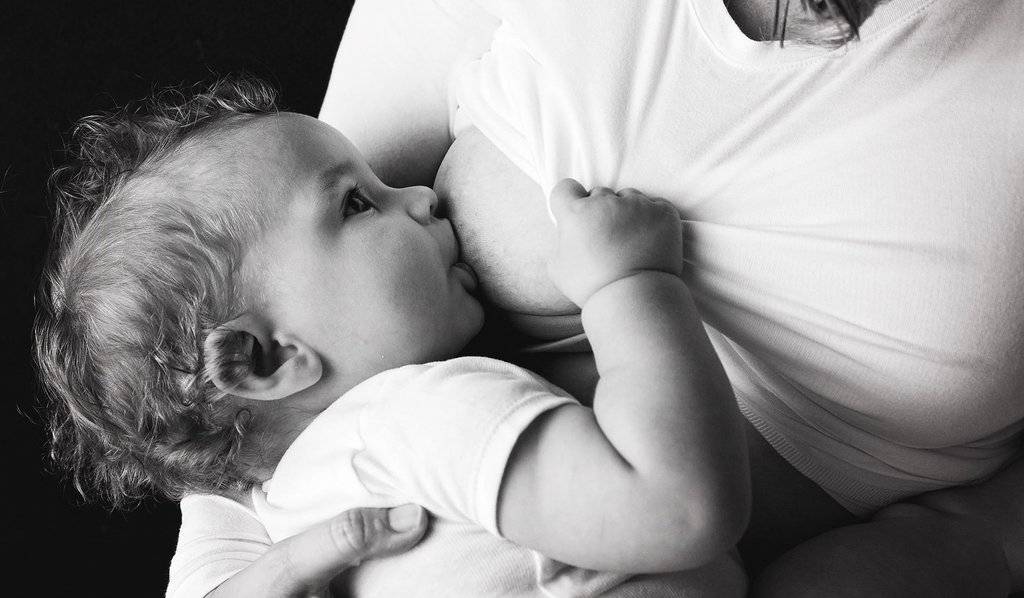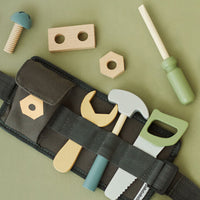10 most common breastfeeding issues & solutions

Breastfeeding can be tough; it's often exhausting, painful and difficult to master. Some of us do it and some of us don't, and we believe that as long as baby is fed one way or another, that's all that matters. Regardless, here are some of the most common breastfeeding issues and their solutions from Certified Maternity & Postpartum Consultant and Doula, Sasha Romary.
You have probably heard it time and time again: “Breastfeeding is the most natural way to feed your baby!” And it is! But that doesn’t mean that it comes naturally. Breastfeeding is a learned skill for both mom and baby and the first few weeks can present a number of unique challenges.that may have you reaching for the formula. But, fear not! Below are ten of the most common breastfeeding issues and how to address them.
1. sore/cracked nipples
Sore and cracking nipples can be the result of a number of things: thrush, pumping incorrectly or, most commonly, a bad latch. I strongly recommend having a certified lactation consultant or IBCLC work with you on your latch in the first week of breastfeeding to help you get a clear idea of what to look for in a good latch and solve any problems before they start.To ease the pain of sore or cracked nipples:
- Air them out as much as possible when at home
- Use hard plastic nipple shells inside your bra
- Nurse more frequently and for shorter intervals as a less hungry baby will suck less vigorously
- Squeeze out a little breast milk onto your nipples and let it dry after each nursing session
- You can also buy Lanolin cream that will help with a surge of moisture post-feeding.
2. thrush
Thrush is a fungal infection that can spread back and forth from you to baby.
It results in red, sore, flakey or sometimes blistery nipples and you can often see white patches or coating in baby’s mouth that doesn’t wipe away. It is important that both you and baby are treated as you can continue to pass it back and forth to each other.
Thrush is treated with a topical cream placed on your nipples for about a week.
To help the treatment:
- Make sure that you boil everything that comes into contact with baby’s mouth for 10 minutes, ideally every day until the infection is gone.
- You should air out your breasts as much as possible
- Wear a different bra every day.
- Once worn, bras and anything that has come in direct contact with your breasts should be washed at high heat.
3. clogged / plugged ducts
Clogged milk ducts are common in the early days of breastfeeding.
It feels like a tender lump in your breast and it can grow and increase in pain if not addressed.
If the pain is accompanied by a fever, you most likely have an infection rather than a clogged duct.
To treat your clogged milk duct:
- Change nursing positions so that baby’s chin is aimed at the clogged duct. This will help focus his sucking on that specific duct.
- Nurse on the clogged side more frequently or start each feed on that side.
- Apply a hot compress to the clogged duct or massage it lightly under a hot water shower.
- Massage the clogged duct lightly while baby is feeding on that side. Massage in a circular motion starting from behind the duct and moving towards your nipple.
- Make sure your bra is not too tight as this is often something that can cause clogged ducts.
4. mastitis
Mastitis is a breast infection that can feel a lot like a clogged duct but is accompanied by a fever or flu-like symptoms, vomiting, nausea, a breast that feels warm to the touch and sometimes a yellowish discharge from the breast. If the infection does not go away in 24-48 hours with the treatment below, you should call your doctor and be put on a round of antibiotics.To treat mastitis:
- Follow the above tips for a clogged duct
- Nurse frequently. It is recommended, even with an infection, to continue nursing. Empty the infected breast completely and as often as every two hours or more.
- Drink plenty of fluids
- Take it easy and relax! Have others help out for a few days as a mastitis is often a sign that you are doing too much or stressed. Many mothers are on bedrest for a few days with their babies.
5. low milk supply
Breastfeeding is a supply and demand process. If you or your pediatrician are concerned about baby’s weight gain, a low milk supply might be the problem. Please note that if you are pumping, the amount of milk you are pumping is not always an accurate representation of what your baby is getting as babies are much more efficient than a breast pump at retrieving milk.
You can often increase your milk supply by:
- Nursing more frequently
- Making sure baby has a good latch as a bad latch will hinder the amount of milk she is getting.
- Nurse on both sides at every feed
- Let baby decide when she is done feeding instead of timing and pulling her away.
- Avoid the use of bottles, formula or pacifiers
6. high/overactive supply & engorgement
An oversupply of milk or breast engorgement can be uncomfortable for mom and for baby as there is often a strong letdown making nursing difficult for baby.
To ease the discomfort:
- Nurse only on one side for a few feeds and then alternate to the other. If the other breast becomes too uncomfortable you can hand express some milk to relieve some pressure and apply a cold compress.
- Feed baby before he becomes too hungry so that he will suck less vigorously.
- Breastfeeding lying down or in the football hold can take away the gravitation effect of your letdown.
- You can hold your nipple between your fingers and press into the breast to slow the flow of your milk during letdown.
- Burp your baby often as a forceful letdown often results in gassiness
7. painful latching or failure to latch
While breastfeeding should not be painful in the long-term, it is a bit of a myth that it is not painful at all. It is common for a latch to be painful in the first few weeks as baby refines her latch and your breast and nipple mould to her needs. If the pain lasts longer than 30 seconds or continues past three weeks, it is time to call in an expert to see if you have an infection (fungal or bacterial) or if there is a problem with the latch. If baby seems to come on and off of the breast or doesn’t seem to latch, a lactation consultant or IBCLC will be able to help to find the root cause of the problem. It could just be a simple trick, or a combination of things for her to get the hang of it, or baby could have a tongue tie that is keeping her from latching properly. Either way, an expert opinion will help.
8. baby falls asleep while nursing
Falling asleep while nursing is the most natural thing in the world. Breast milk has properties that encourage sleep and that close bond with you is the most comforting position for baby. That said, if baby is falling asleep mid-feed and you are worried that he is not getting enough milk because of it, keep him awake and eating by:
- Making sure he is not overdressed. Take off a layer or two when you feed as an overly warm baby is more likely to fall asleep
- Tickle or press lightly in the middle of his foot. This will activate the sucking reflex and keep baby eating.
- Start off with the fuller breast and alternate at each feed. The letdown will keep baby awake and eating and a more forceful letdown will occur with a fuller breast.
9. large breasted women
Large breasted women tend to have more issues with clogged ducts and latching and are often at a loss on how to breastfeed. Not to worry, you and your baby can have a long and successful nursing relationship.
Here are some tips to help you get started:
- Experiment with different positions. Often the lay-flat position helps support your breast so that you don’t have to. The traditional cradle hold is common with mothers but often the football hold is easier for women with larger breasts.
- Support your breast by making a “C” with your thumb and cupping the rest of your hand around your breast by your nipple. Present the breast to baby this way and it will help her latch and give you control.
- Massage your breast gently while feeding to make sure the ducts are drained adequately at each feed.
10. flat, inverted or large nipples
These make it difficult for baby to latch and special attention should be given at the beginning to ensure that baby is latching correctly and getting enough milk. Work with an IBCLC or certified lactation consultant at the hospital or birthing center within the first few days after birth to start you off right.
Some tips you can try include:
Stimulating the nipple before a feed. This will often pull out inverted nipples and large nipples will be easier for baby to find.
Make sure baby is getting enough of the areola in her mouth. This can be difficult with large nipples so a bit of guidance in the first few days is key for you and baby.
There are handy little devices that can help bring out inverted nipples that you can use before a feed. They use suction to suction out the nipple and you can also suction out a bit of milk which will help encourage baby to latch.
You can use a nipple shield, which is a silicon overlay that helps baby latch. Try all of the above tactics before using the nipple shield as it is often difficult to remove it from the equation once baby is used to it.
Discover MORI's best sellers. Loved by parents, a collection of our softest baby & toddler essentials crafted in our softest organic fabrics.
SHOP BEST SELLERS













